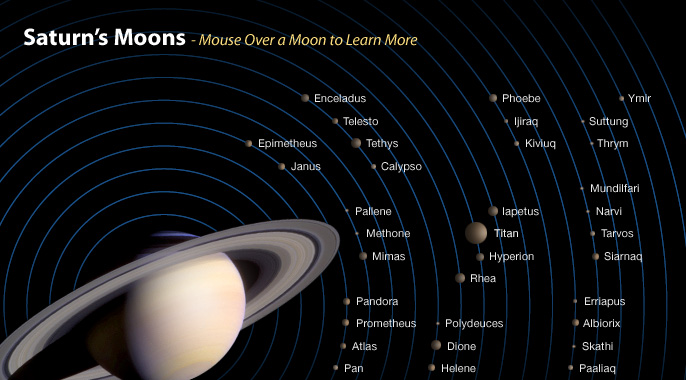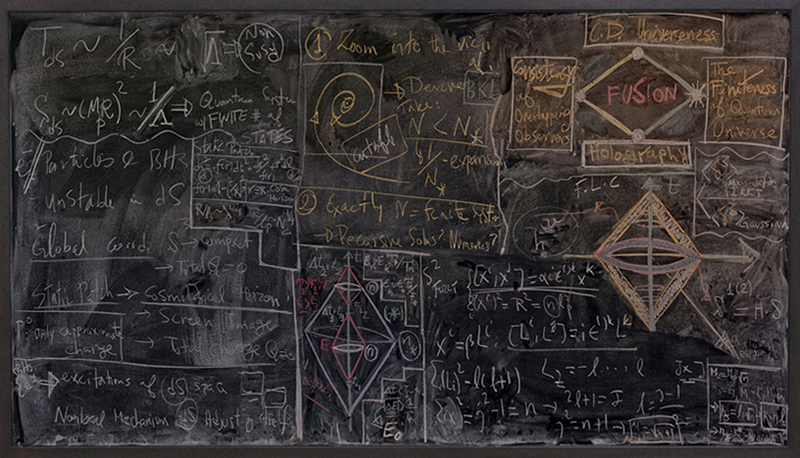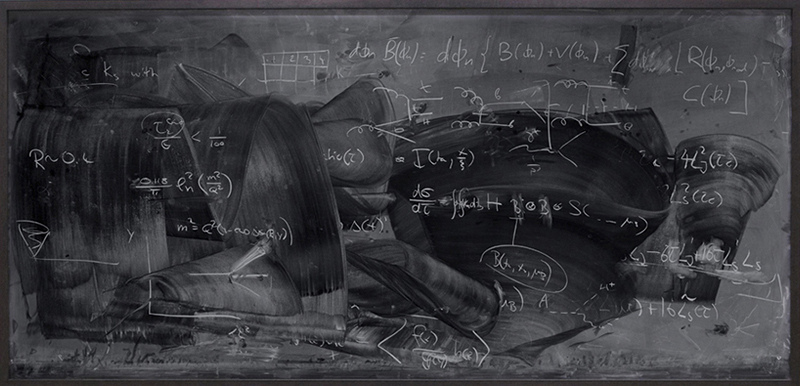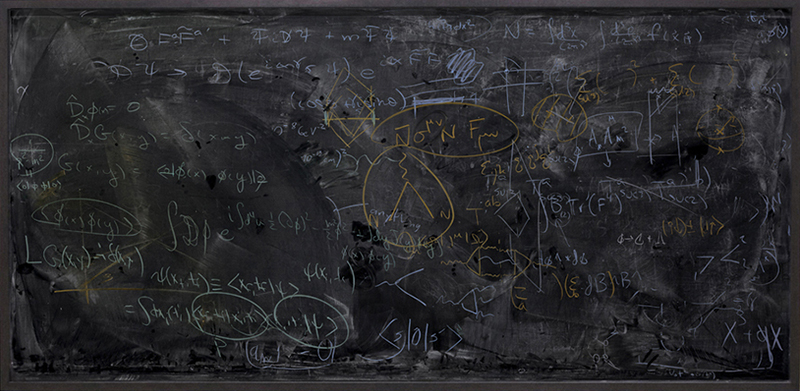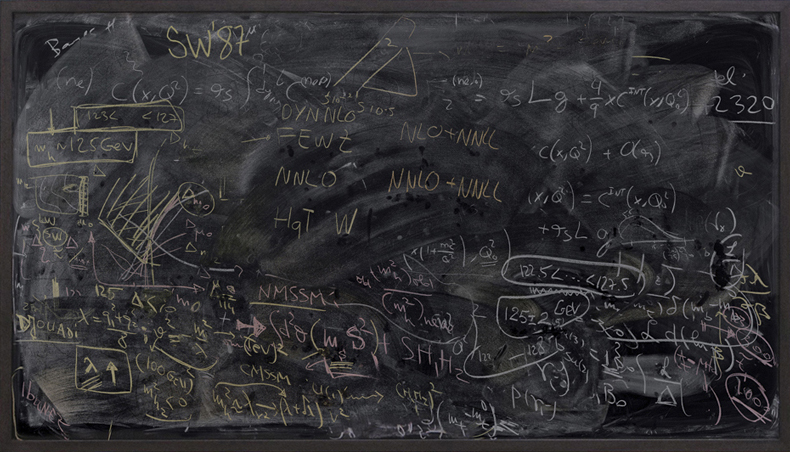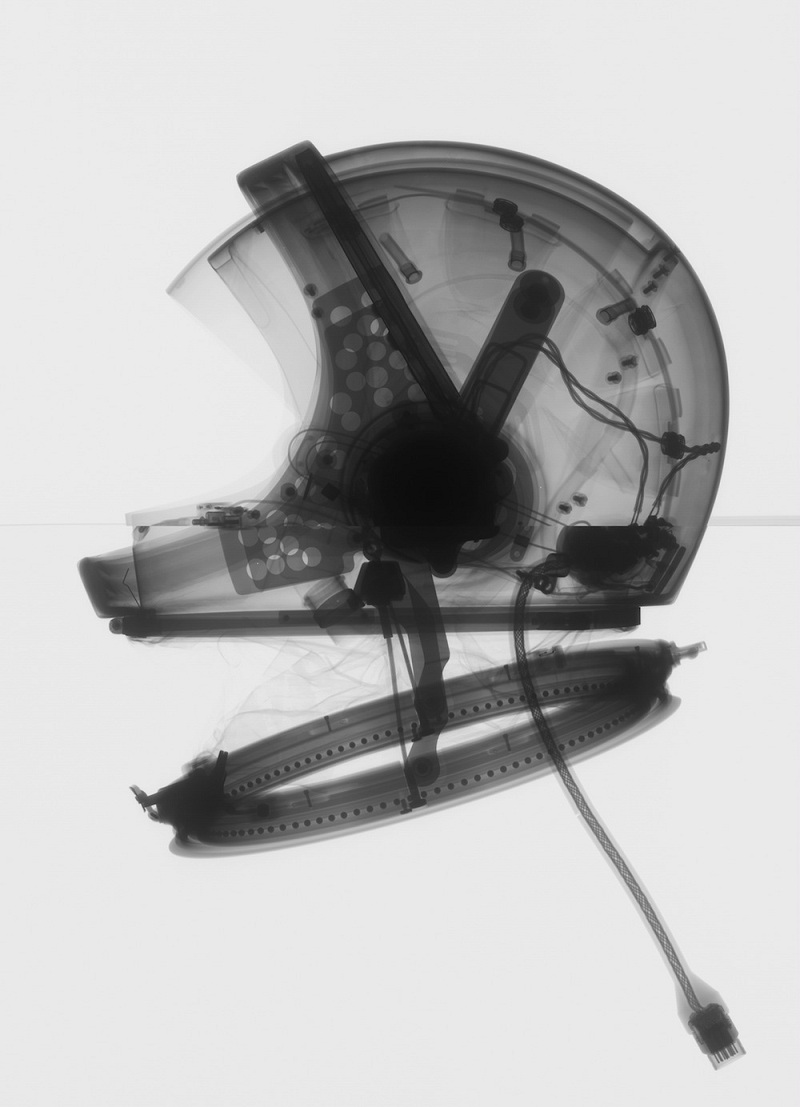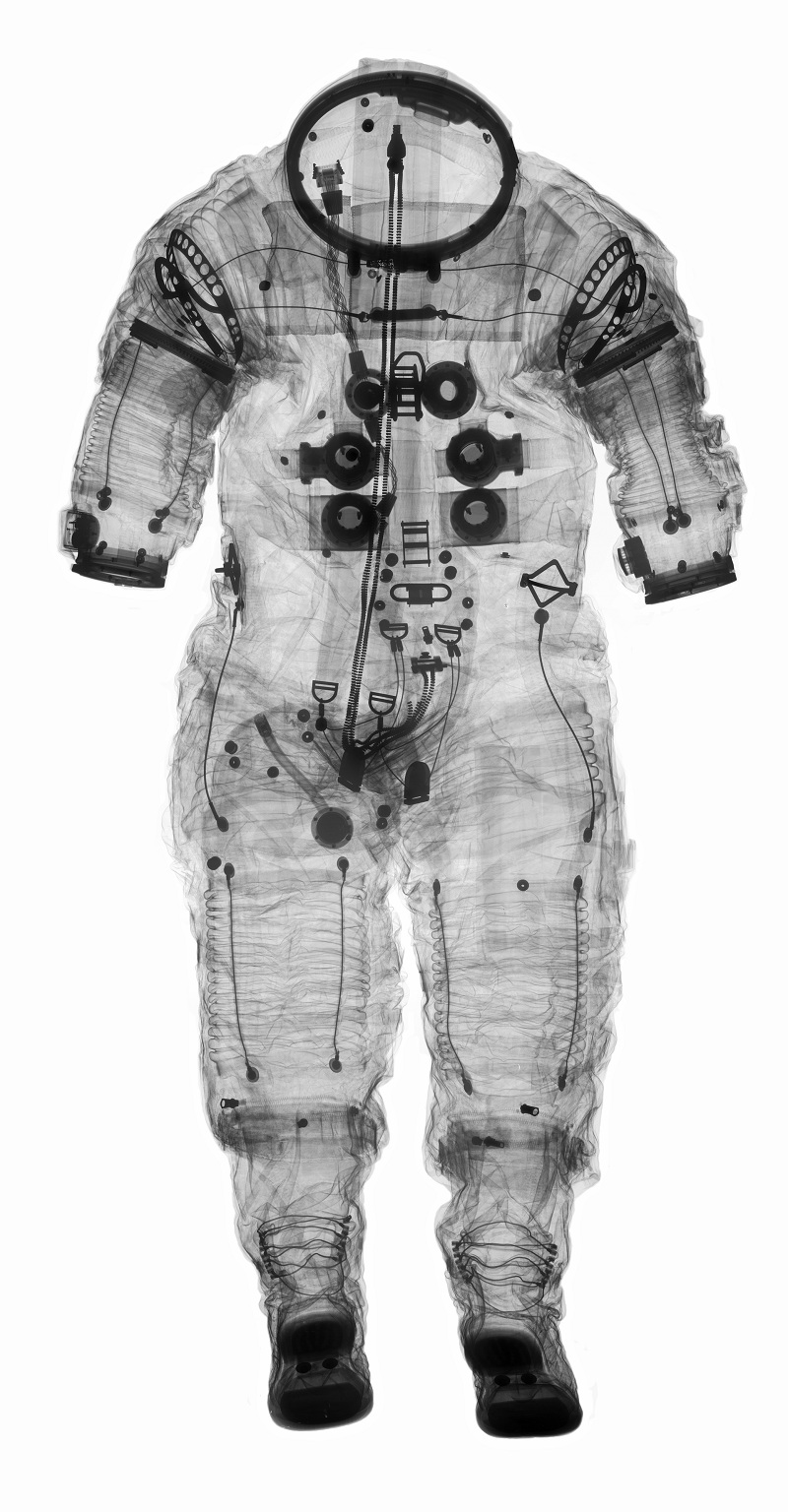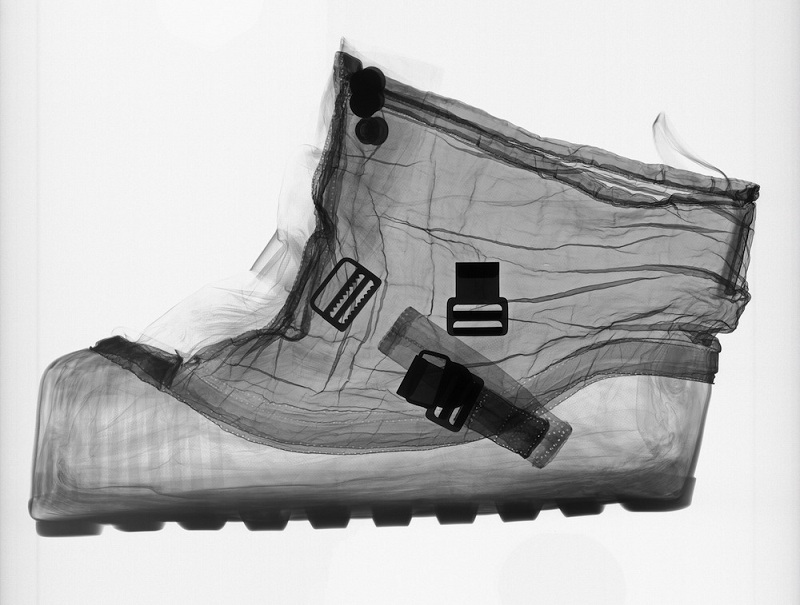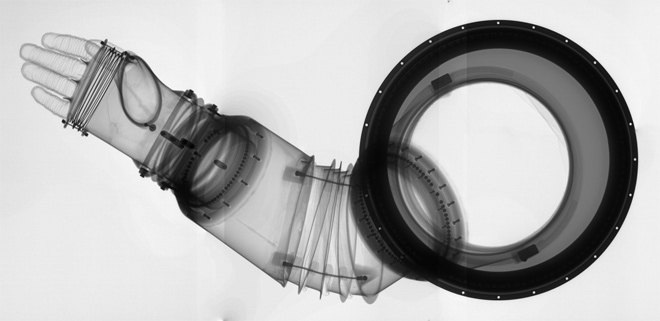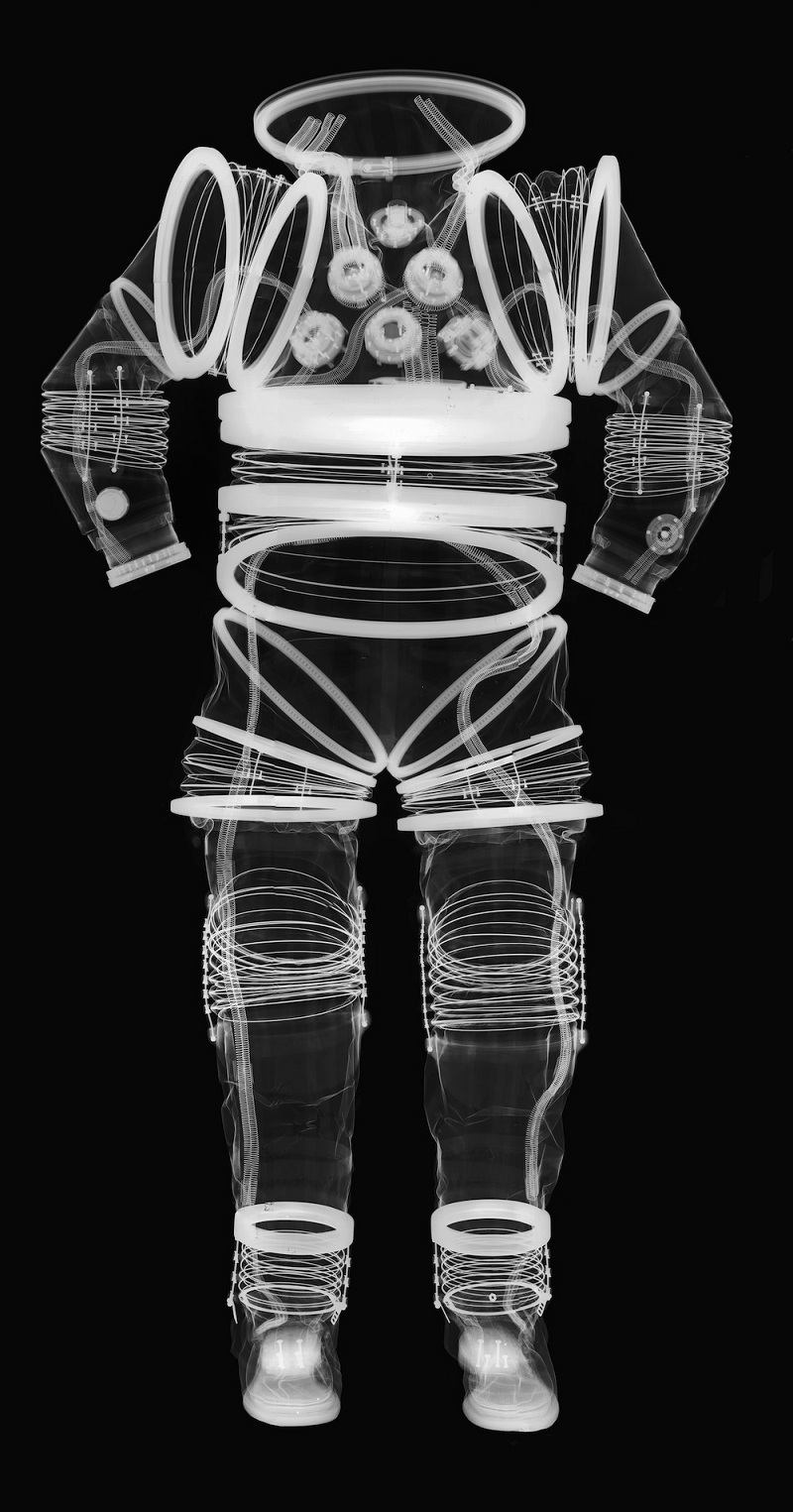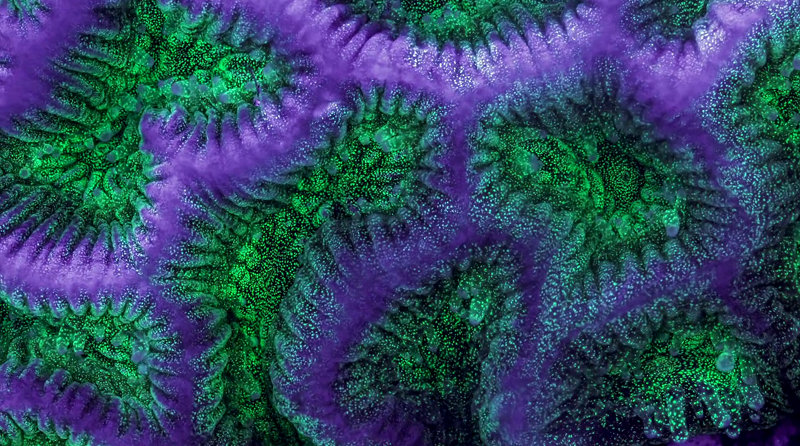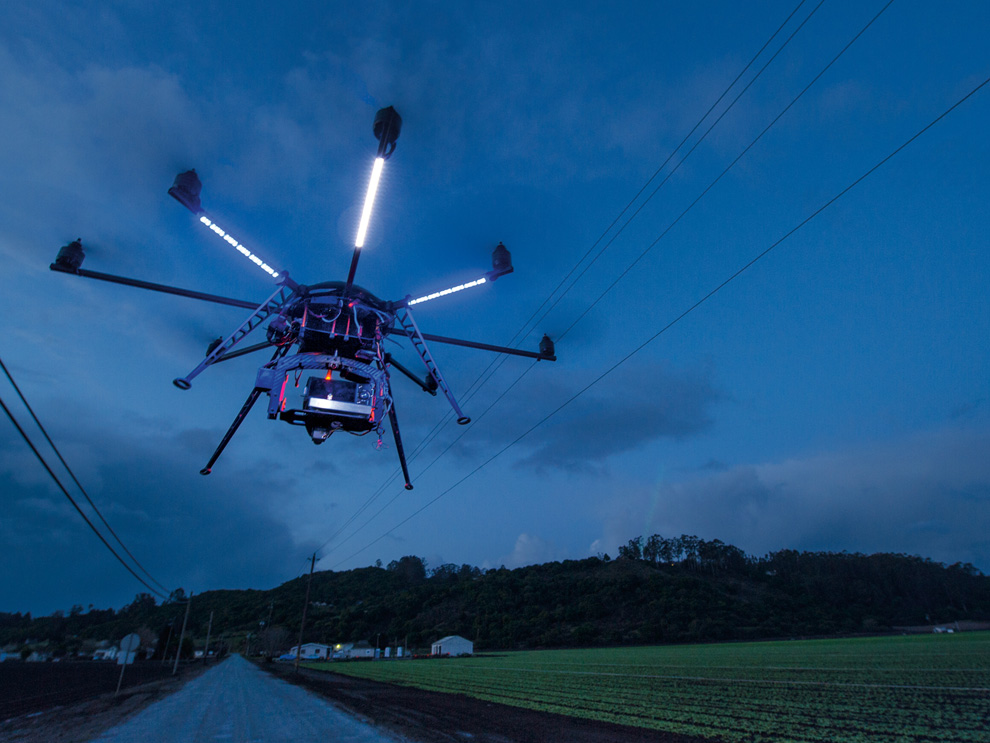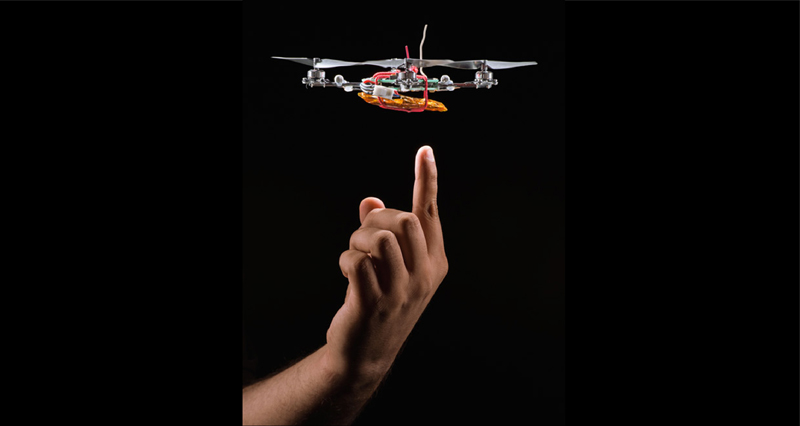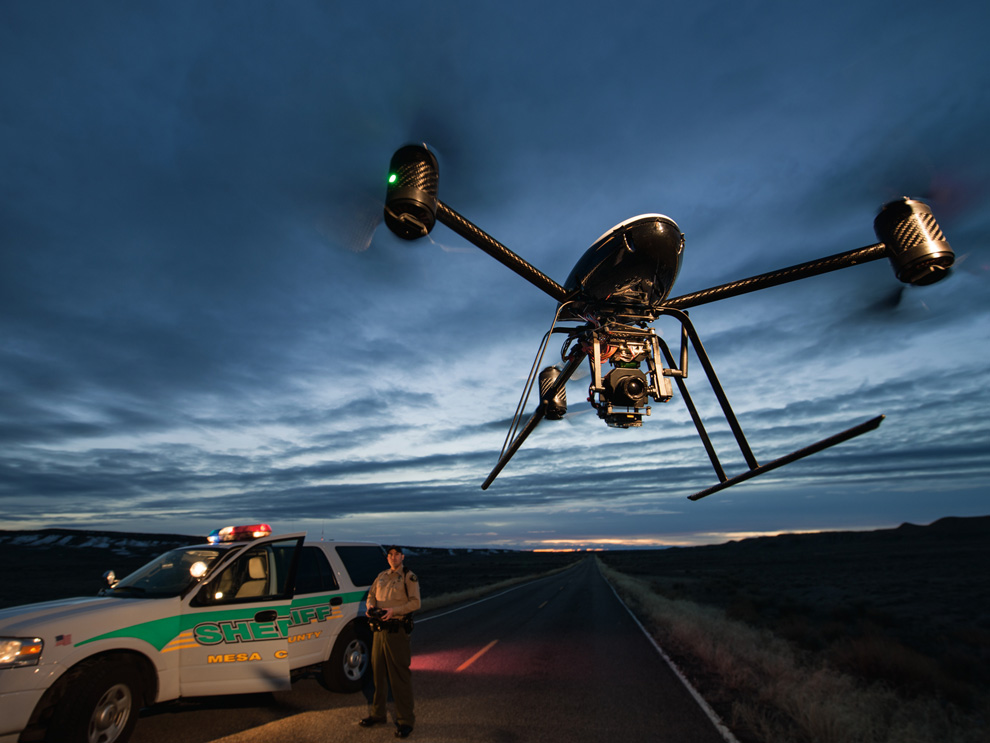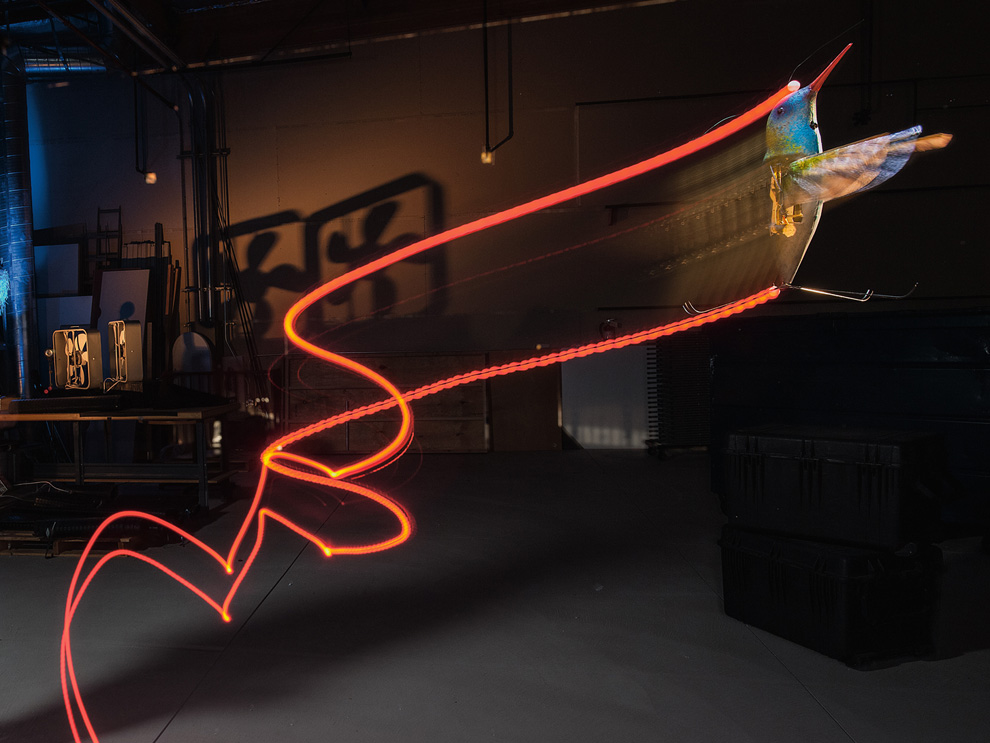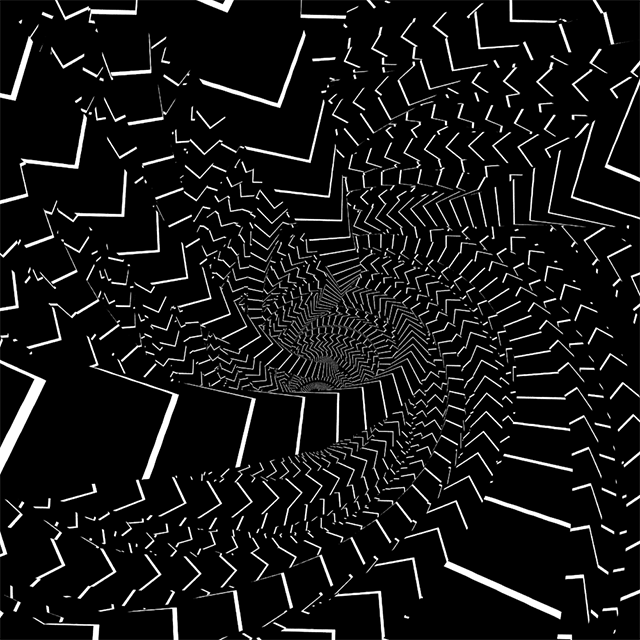The Cassini spacecraft has just found evidence for an ocean of liquid water inside Saturn’s moon, Enceladus. Of course, this is exciting news because we know that water is an essential agent for all biochemistry on Earth. In other words, the best places to search for alien life in our solar system contain some source of liquid water (i.e. Europa).
The ocean was found using gravitational measurements from the spacecraft. According to Sami Asmar of NASA’s Jet Propulsion Laboratory (JPL) in Pasadena, Calif.: “The way we deduce gravity variations is a concept in physics called the Doppler Effect, the same principle used with a speed-measuring radar gun. As the spacecraft flies by Enceladus, its velocity is perturbed by an amount that depends on variations in the gravity field that we’re trying to measure.
buy viagra sublingual online https://www.calmandgentledentalcare.co.uk/wp-content/languages/en/viagra-sublingual.html no prescription
We see the change in velocity as a change in radio frequency, received at our ground stations here all the way across the solar system.
buy levitra free viagra online https://www.calmandgentledentalcare.co.uk/wp-content/languages/en/levitra-free-viagra.html no prescription
”
Enceladus is just one of 52 named moons that orbit Saturn.
There may be an ocean of alien life swimming around underneath the surface of Enceladus, but we’ll never know until we can drill into the moon.
buy zithromax online https://www.calmandgentledentalcare.co.uk/wp-content/languages/en/zithromax.html no prescription
A similar project is being planned for Europa sometime in the 2030’s.
Read more at NASA.
-RSB


